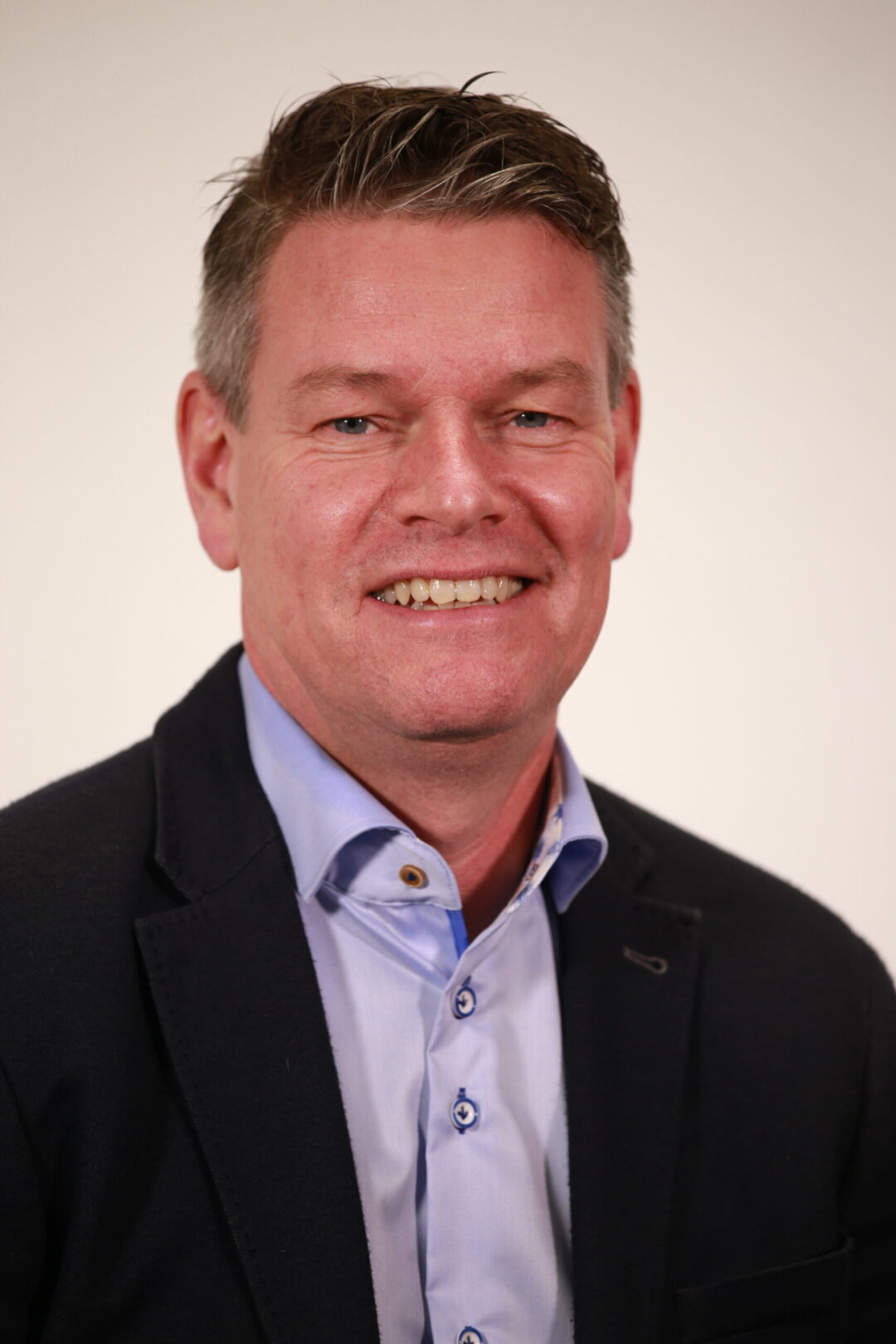Monitoring
Get an excellent overview of available monitoring & scanning techniques to get a grip on the life-expectancy of your tunnel, it’s installations and it’s software. A must see for the digital asset manager of the future.
Hosted by:

Vanessa Di Murro - CERN

Karim El Laham - Fugro Rail
Speakers
Speakers

Reinier Brongers
StabiAlert

Frederic Castille
Fischer Cobemabel

Gerald Koenis
SPIE

Patricia Lamas
Amberg Engineering

Fabio Panella
ARUP

Edo Noordermeer
Fugro NL Land B.V.

Nicas van den Brink
Trelleborg Ridderkerk
Workshop contents
Workshop
Monitoring
Joint and deformation monitoring
By Reinier Brongers
In the latest COB tunnel deformation monitoring report for emerged tunnels various modern monitoring tools are described. For instance to monitor the movements of tunnel sections over the joint f.i. with a 3D joint sensor. In the past the monitoring was done with 3 potenial meters, each demanding a node to communicate with a gateway. The installation is demanding time and the dimensions of a cabinet to cover the meters is big. We will present data form various tunnel projects thus showing attendees the advantages of having all data in one screen. This new generation of sensors is very compact, easy to install and is not demanding any additional infrastructure or support. They do have their own battery and SIMCard and will work everywhere there is a mobile network available. The sensors also measures the temperature. Alarm settings can be given in and frequency can be changed in time if needed. Data can be imported by means of an API to any platform, tidal data as well as weather data can be integrated to the sensor data. Besides this we will shortly go into the deference between high frequency tiltmonitoring and static tilt monitoring. High frequency monitoring will show the real dynamic behaviour of any object.
Read moreWorkshop
Monitoring
Setting an anchor for the future
By Frederic Castille
Fischer offers digital solutions for the building’s entire life cycle. Its range of products comprises global innovations in robotics and sensor technology, BIM services, the fischer FiXperience design software and digital services such as the fischer plug-finder app for selecting products. These solutions optimize the planning, construction, and operation of buildings. Creeping, shrinking, and setting construction materials - changes and deformations such as these present structural engineers with challenges when it comes to tunnels, wind turbines and bridges. It’s a good thing that our SensorAnchor provides a reliable, all-in-one solution offering maximum data transparency through the real-time transfer of preload and operating forces. This provides an early automatic warning for critical connections, allowing you to easily and conveniently monitor the data on the end device of your choice, resulting in minimal maintenance for structures of all sizes. During the workshop we will dive deeper into this technology.
Read moreWorkshop
Monitoring
AKUT® revolutionizes tunnel monitoring using AI-based intelligent microphones
By Gerald Koenis
"The operating noise inside a tunnel is characterized by a specific mix of engine, rolling and airflow noise produced by vehicles passing through. Microphones installed in the tunnel detect acoustic anomalies such as a vehicle-wall and vehicle-vehicle collisions, tyre bursts, voices and shouts, etc. AI-based acoustic detectors recognise the abnormal sounds in real-time and allocate them to predefined noise classes. Accidents and other critical incidents in the tunnel are always accompanied by distinguishable sounds. These sounds occur at the instant in time of the incident - not after a delay - and can be detected immediately. The huge advantage of acoustic detection is that AKUT can react directly to the critical incident (e.g. accident noise after a collision). This means that AKUT can trigger an alarm in the traffic management centre just 1 second after the incident. Other safety systems usually recognize the consequences of an accident indirectly (e.g. slow drivers, queues, etc.) and hence require a longer amount of time to trigger an alarm. Therefore acoustic detection of an incident allows measures to be immediately and automatically activated. For example, the system may trigger an alarm in the tunnel control room and display the video camera image of the affected section on a central screen giving the tunnel operator a real-time overview of the situation. This saves valuable time in providing first aid to people involved and in alerting drivers approaching the scene of the accident."
Read moreWorkshop
Monitoring
Transforming tunnel maintenance with next-gen 3D scanning
By Patricia Lamas
Amberg’s Infra7D scanning tools are state-of-the-art solutions for tunnelling measurement and monitoring. Lifecycle management of tunnelling infrastructure presents unique challenges, including restricted accessibility, material degradation, safety concerns or water infiltration. Amberg scanning systems demonstrate exceptional adaptability and versatility. Our systems can operate efficiently in demanding environments and deliver high-precision data, making them an ideal choice for engineers and infrastructure project owners.
Read moreWorkshop
Monitoring
Case Study and CBA in the Energy Sector
By Fabio Panella
Civil engineering is rapidly embracing digital innovations, and this trend extends to tunneling projects. In collaboration with UK Power Networks, we conducted a case study on automated tunnel inspections. Our approach involved robotic data collection and the utilization of machine learning-powered asset management tools. During the workshop, we will discuss the project’s main outcomes and lessons learnt. Additionally, we’ll provide an exhaustive cost-benefit analysis, considering factors such as enhanced safety, cost reduction, and improved repeatability.
Read moreWorkshop
Monitoring
Monitoring the integrity of the Rotterdam metro tunnel
By Edo Noordermeer
We present the monitoring system installed in the Rotterdam metro tunnel to safeguard the integrity of the immersed joints for the coming 10 years. In 2015, large-scale damage was detected in the immersion joints of the metro tunnel in Rotterdam. It was found that the Gina seals in the joints were pushing themselves inwards, causing damage both to the concrete tunnel walls and to the fixation of the support structures. An extensive renovation project was set up to repair the damage and to ensure that the tunnel joints are fit to last another 50 years. As part of this effort, an extensive sensing system was installed to permanently monitor the integrity of the joints. The system consists of a variety of sensors, measuring amongst others joint widths, shape and position of the Gina profiles, forces in the fixation brackets, water pressure and temperatures. Several systems were custom developed for application in this tunnel. In total, more than 1500 sensors are now continuously measuring the state of the tunnel joints. Data from all sensors is automatically transferred from the tunnel to a central cloud-based server and presented in near real-time via interactive dashboards in an online portal. Thresholds have been configured for the various measurements - when a measurement exceeds a threshold, an alarm is raised automatically, and a ticket is generated for follow-up action. The monitoring system provides invaluable input to the tunnel asset management team, not only about the current state of the tunnel, but also predicting future problems early, before they lead to damage. In this presentation, we describe the motivation for installing this unique monitoring system. We present the design of the various sub-systems, as well as the associated data processing pipeline, visualization dashboards and ticketing system for follow-up actions. We also present results from the first two years of measurements. Finally, we give some recommendations and good practices for future tunnel monitoring projects.
Read moreWorkshop
Monitoring
Data acquisition within the sealing system of an immersion joint
By Nicas van den Brink
We will dive into the added value that can be created for the asset management of tunnels when attention is given to collection of immersion joint data. Which stakeholders should initiate data collection and who will benefit from this information. What aspects of tunnel sealing systems do we want to monitor during the tunnels lifetime to have an enhanced understanding on remaining design life? To answer these questions we have to create a clear overview of maintainance issues and uncertainties that come across in various tunnel projects. Practical examples will be given from various case studies encountered by Trelleborg.
Read moreOther Workshops
Courses
Get insights into available courses, training and e-learnings on how to be a tunneling expert. Do you organise a training yourself? Sign up below!
Innovations
Explore what’s new, available and working right now to work faster on tunnel renovations, with less risks for those involved.
